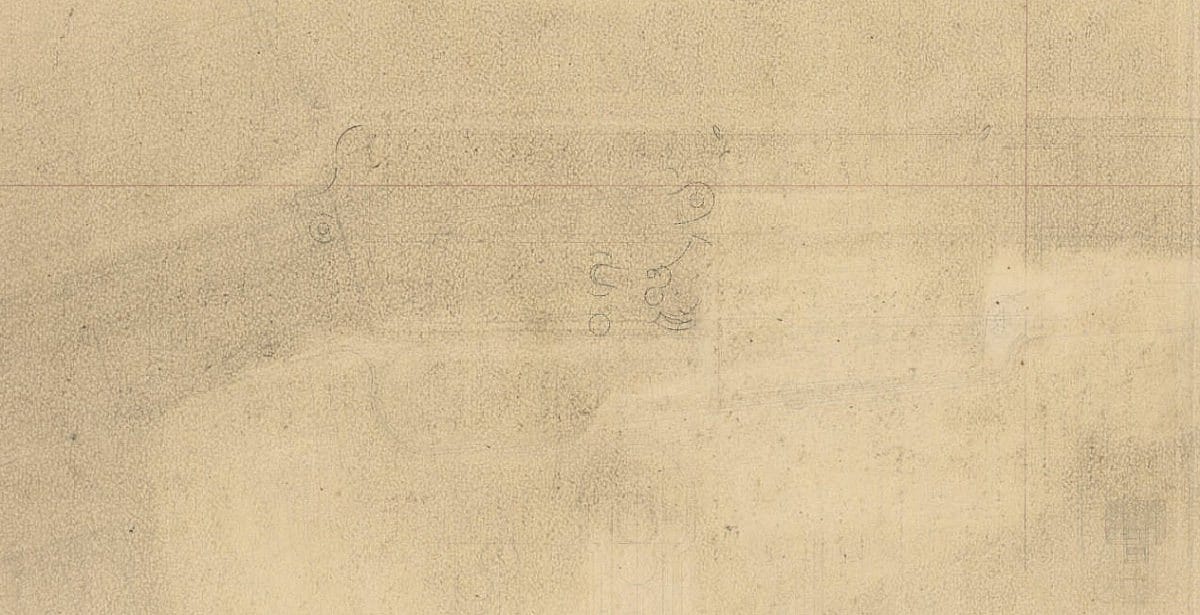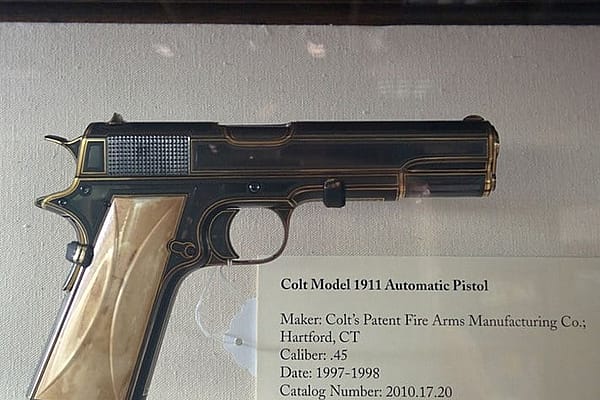
Deep Diving into the Archives for Research
My research on William Mason’s toggle link prototypes into expanded into a small research project working with our archived material. That first project started from seeing one of the prototypes in the collection and wanting to know more about it. My interest expanded into research on 2 other prototypes in the collection as well. All three shared some traits with one another but each also had unique aspects. For those of you who missed it I have written an earlier post on Mason’s unusual designs. Kirsten wrote an insightful blog on our archives as well. Using our digitized databases I worked at compiling the firearm, any technical drawings I could find and any patent information that could be located to build a database of Mason’s later works that exist in the Cody Firearm Museum’s collection. This will serve as a springboard for future research.
The research project consisted first of identifying firearms tagged as to William Mason. From there it was building an index of the firearms and an identifying picture to work with. This left me with 25 firearms associated with William Mason in our search program Argus. This is definitely not all of the firearms associated with Mason but it is a start. Argus is the program that the Buffalo Bill Center of the West uses to catalog our collection and track the location of artifacts within the Center. Next was the patent searches. Google created a huge index of patents from 17 patent offices and totaling 87 million records. Google Patents is an amazing resource that anyone can use. After fine tuning search parameters I found 6 patents associated with the Winchester prototypes in the collection.

The CFM currently has 9933 scanned technical documents in the McCracken online collection. That is just the drawings. There are thousands of other firearms related documents in the collection. Narrowing the field by date left 3172 records to comb through. So I am basically looking for needles in a haystack. More than a few of the old technical documents are in rough shape compounding the difficulties of the search. Before they were given to the museum, many of these documents were not carefully stored and it shows. That also makes it difficult to know if a record didn’t survive or if I just overlooked during my research. I searched through our digital collections to see what I could find and this left me with 2 individual drawings and 9 drawing sets that matched up with prototypes in out collection. The individual drawings are one off technical firearm drawings without any other corresponding drawings. The sets typically include most of the drawings for individual parts as well as machine tooling in some cases. For those who are interested, the McCracken Digital Collections are open to the public.

My basic workflow consisted of comparing the profile of the firearms to the images in the technical docs and then referring to patent information to suss out the manner in which the action worked. Even with narrowed searches the project is very time intensive. I have to carefully compare a technical drawing pictures of the firearms. The mixed condition of the drawings can leave the lines very faint and hard to read. From these thousands of records I ended up with small Excel document that lists everything I found. It only contains firearms from Mason’s time at Winchester since that is where the majority of our archives come from. In the coming weeks and months I will be expanding the database to include other firearms. Though I am pleased to find technical drawings and patent information related to his more unusual prototypes.
Written By
Kyle Hestand
Kyle Hestand is an intern at the Cody Firearms Museum from Louisville Kentucky where he is finishing his BA in History at the University of Louisville. At the CFM he will be answering records inquires, planning tours and performing research. His interests include not sneezing on the firearms, American and Russian history, and spoiling his dog.














